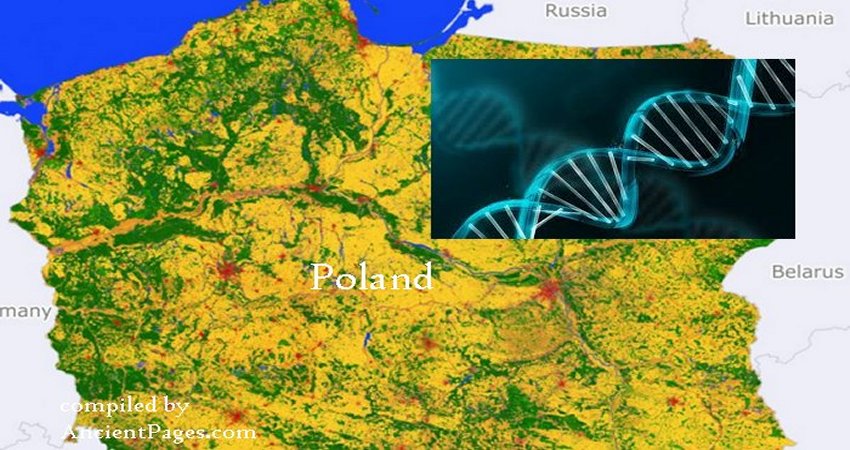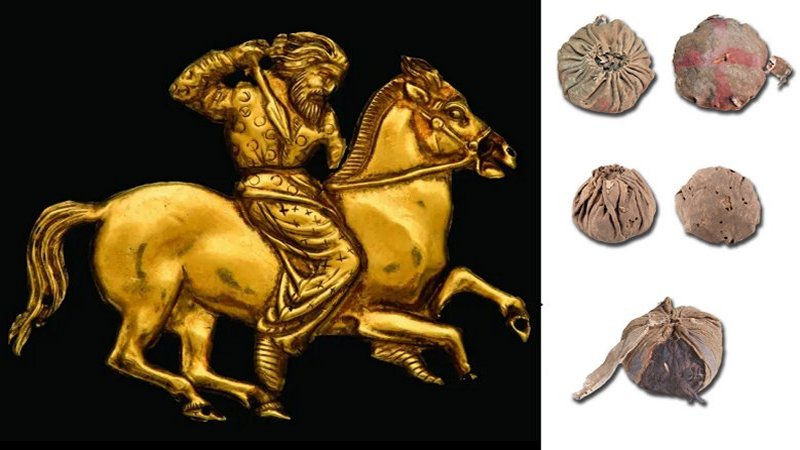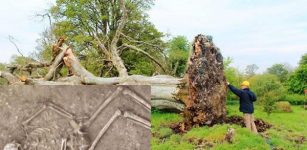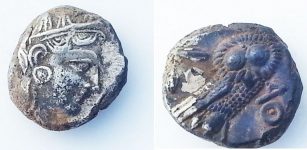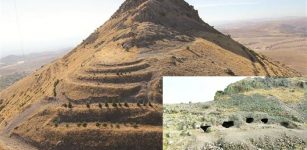Forgotten Bathonea – ‘Library Of Constantinople’ Sheds Light On Earliest Days Of Great Civilization
MessageToEagle.com – For the last five years, researchers including marine scientists, anthropologists, geophysicists, architects, geologists, and archaeologists from Germany, Britain, the Netherlands, and Poland have continuously excavated an ancient Bathonea in the Kucukcekmece Lake Basin, Turkey.
Turkey was a part of the ancient Mesopotamia civilization located in between Tigris and Euphrates Rivers and this ancient land is home to one of the most prosperous prehistoric civilizations on Earth with a strategic location that links Europe and Asia.
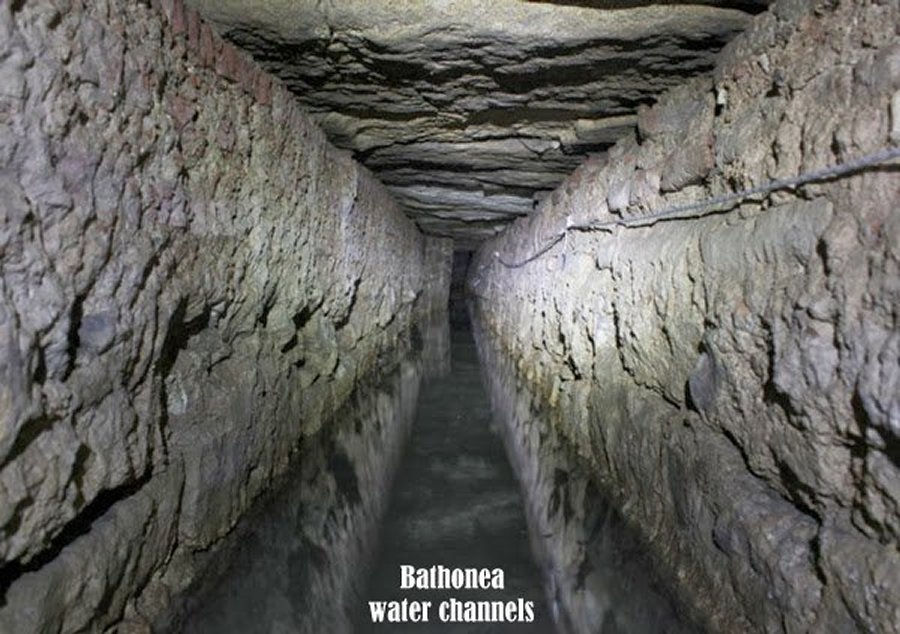
According to spelunkers who explored the discovered water channel system, such an infrastructure can only be constructed for a very big and important settlement.
Bathonea, an ancient harbor town of considerable importance and dating from the second century B.C. was discovered in 2007. The first years were spent on cleaning, researching, mapping and geophysical work, while diggings started as of 2011-2012.
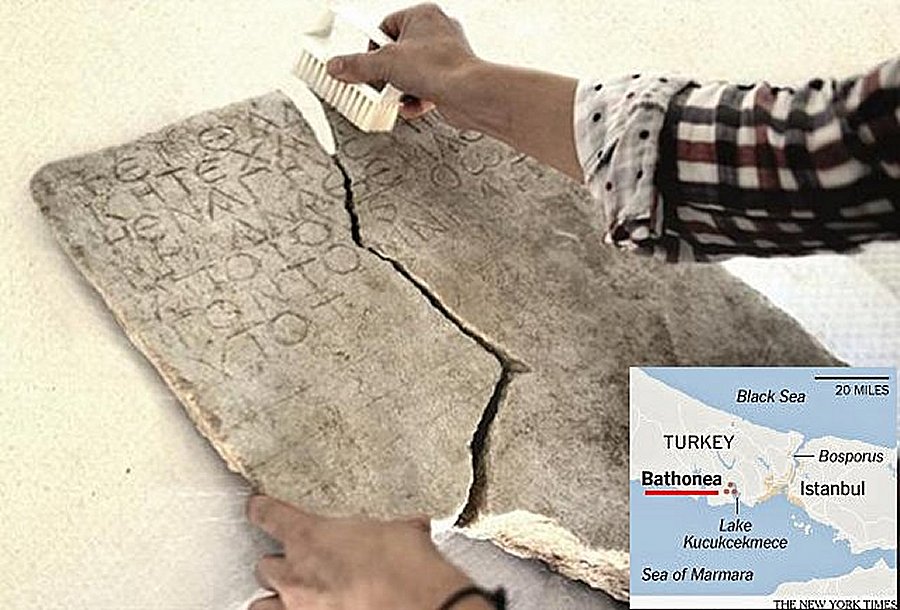
‘The ancient ports and a lighthouse that were found during the first years proved that the region was a big port. ‘Walls, long roads to the sea, avenues and docks were found on the coasts,’ Sengul Aydingun, the head of the excavations, said.
Bathonea, which is in the area of Kucukcekmece Lake situated 20 km west of Bosporus, has the potential to become a ‘library of Constantinople’ researchers said.
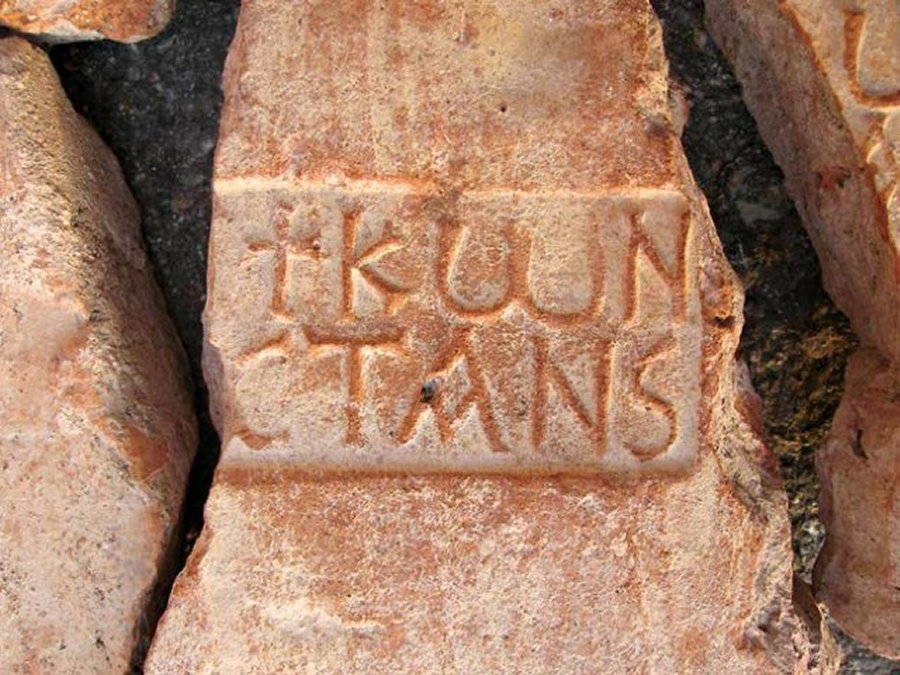
Important findings, stone tools have been unearthed there along with Neolithic potteries – unseen yet in anywhere near the lake – are of great importance for the history of the region, filling a gap in Istanbul’s chronology by revealing traces from 2,000 B.C.
”Large structures, squares, churches, and a palace complex became evident over time, and the excavation team had reached a large cistern on which names like Konstantin and Konstans were written. The cistern is believed to have dated back to the Byzantine era.”
Among other findings are Hittite statuettes from as far back as 2,000 B.C., as well as Cypriot ceramics in small pieces from the same period.
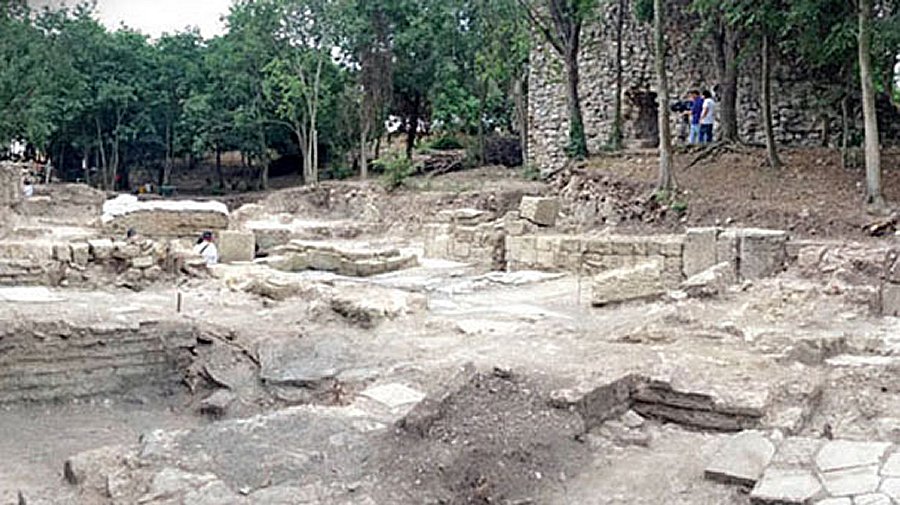
With the early Hittite findings, archaeologists unearthed contemporary Istanbul was a big and important place more than 2,000 B.C.
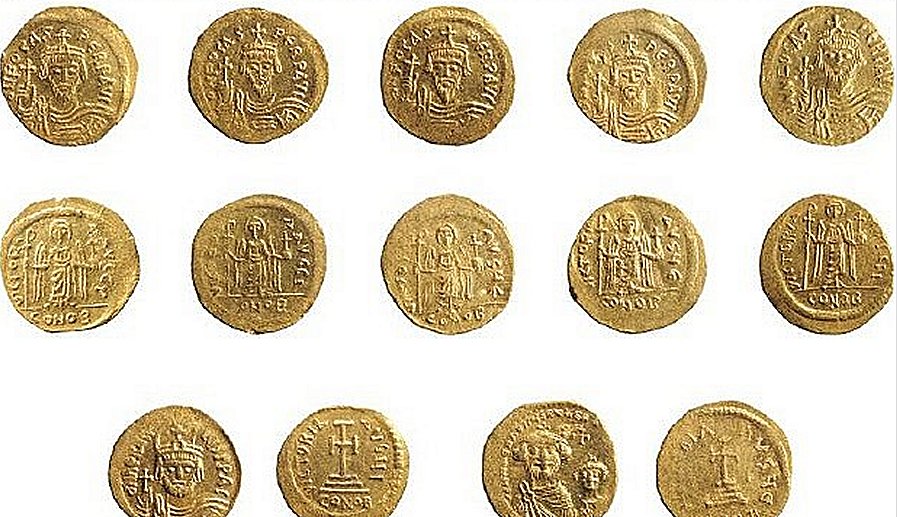
‘We have worked on assembling unearthed pieces. Each piece of material is evaluated individually. It will continue until the end of the year. We have some 50,000 pieces of ceramics, waiting in boxes to be assembled. We have delivered a few thousand completed ceramics to the museum so far.’
See also:
Yenikapı Excavations Reveal 8,500-Year-Old Artifacts
Discovered Yenikapi Shipwrecks Are A Unique Historical Treasure
‘Thanks to the pieces we found during excavations, we started filling the gaps in Istanbul’s historical chronology. We previously learned about the city’s Neolithic age in excavations at Yenikapi, Fikirtepe and Pendik.
We knew about 6,000 B.C., but we did not have an interim period. We did not know about the Istanbul of the Hittite era or early Bronze Age. These excavations shed light on this era, and are exciting for the scientific world.’
‘We have excavated level by level. Each level gives us different information on each era. The information will become more serious in the next levels … The Ephesus, Bergama, Troy and Alacahoyuk excavations lasted 100 years and the Kültepe excavations took 60 years.
This place will take even longer; it will take a few more generations, but my students will continue digging,’ Aydingun said.
MessageToEagle.com.
Expand for references Hurriyet Daily News Today’s Zaman



